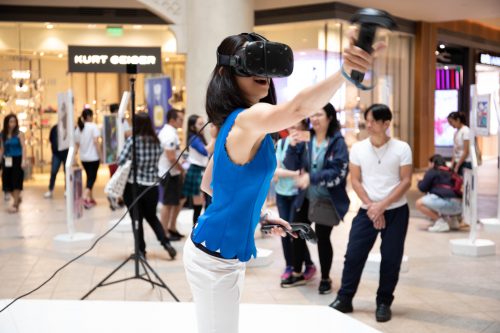
Virtual reality. Augmented reality. Virtual reality architecture. Many are unfamiliar with these terms but they represent what is to be the future of digital design and technology.
Maybe, if we mention how gaming apps can now be viewed in a virtual reality-like environment (by using virtual reality goggles and a smartphone) then it would be more familiar. And yes, for those who have a Wii at home, you might have played a VR game there.
Also known as “immersive multimedia” or “computer-simulated life,” virtual reality becomes more and more affordable as technology evolves and offers new devices in the market.
The increasing demand for VR industry is growing rapidly with an estimated global market size of 6.2 billion US dollars this 2019. 1 Private consumers and companies play a huge role in the increasing market share and thus estimated global market share is projected to reach 21.5 billion US dollars by 2020.

But the future of virtual reality and augmented reality will be so much more as “smartglasses and VR headsets are now widely used in various fields.” For example, in the future, our medical students and surgeons will learn how to do simple to complex surgeries by operating on virtual bodies and organs.
Even today, there are already virtual reality devices that help surgeons “see” into the brain. This combination of VR goggles and advanced imaging machines can help neurosurgeons work on areas of the brain that would otherwise be difficulty to see and treat. This is just one of the practical, useful implementations of augmented and virtual reality technologies. There will be more coming in your lifetime.

ImagineNATION
For 2 days, March 16 to 17, 2019 at the Rockwell Power Plant Mall’s North Court iACADEMY held a student exhibition of design and technology for the future. It gave a glimpse of what new and upcoming technologies like VR or AR will be like and how these will change our lives.

